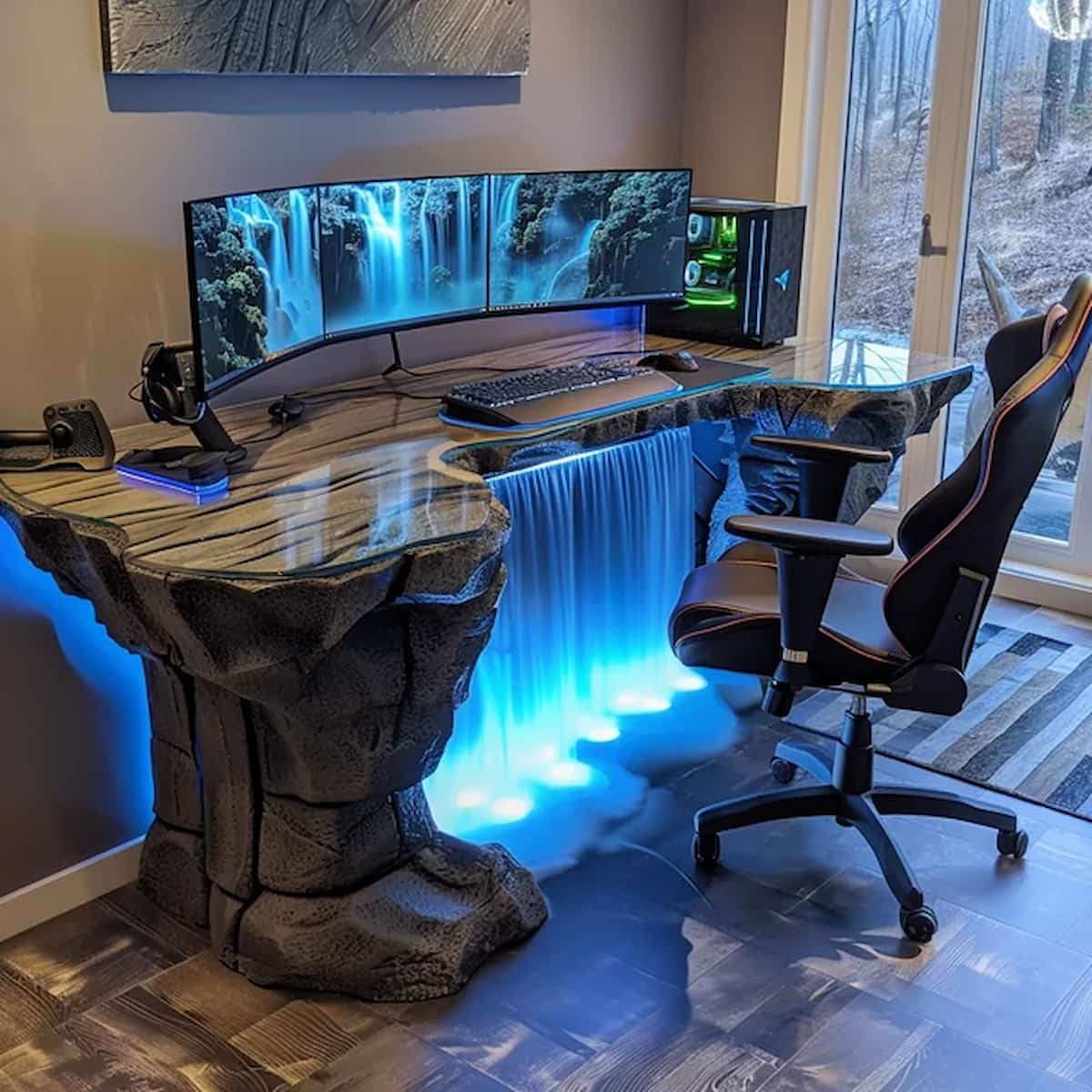Discover the truth about burn-in on OLED monitors and whether it’s a significant concern for everyday use.
Key Takeaways
Using an OLED monitor as your primary display comes with the fear of burn-in, where static images can leave a lasting mark on the screen. While this is a valid concern, modern OLEDs incorporate features to mitigate this issue effectively.
Many enthusiasts hesitate to embrace OLED monitors due to the dreaded burn-in phenomenon. This occurs when static elements like taskbars or game HUDs leave faint, persistent impressions on the screen over time. It’s a legitimate worry, especially if you’re investing in an OLED as your main display. But is burn-in truly a deal-breaker for gamers and everyday users alike?
Understanding Burn-in
Burn-in happens when the organic LEDs (OLEDs) that make up the display wear unevenly after displaying the same content for extended periods. Early OLED models, like some LG OLED panels, exhibited noticeable burn-in even with relatively low usage hours. Icons from desktops and persistent UI elements could leave faint shadows on the screen, which isn’t ideal for pristine display quality.
Manufacturer Safeguards
Fortunately, monitor manufacturers have integrated several protective measures to combat burn-in. One such feature is the pixel refresher, a built-in function that redistributes wear across the screen. This refreshes the panel periodically to prevent persistent image retention. For instance, running the wear leveling function on an OLED panel like the ARs f48 U restored screen quality significantly after initial burn-in was observed.
Operational Strategies
Users can also manage burn-in risk through operational strategies. Adjusting brightness settings lower and enabling screen savers or pixel orbiting can help distribute wear more evenly across the screen. These adjustments extend the lifespan of OLED panels by minimizing static image retention.
User Experience and Longevity
In practice, OLED monitors like the EVN 8600 offer robust performance with minimal burn-in issues under regular use conditions. Manufacturers typically provide warranties, such as three years for the EVN 8600, reassuring users of the monitor’s longevity and performance over time. Despite initial concerns, many users find that with proper care, burn-in risks can be effectively managed.
Future Prospects
Looking ahead, advancements in OLED technology, such as QD OLED panels, show promise in reducing burn-in risks further. These panels boast improved pixel layouts and enhanced durability, making them viable options for extended use without compromising display quality.
Final Verdict
While burn-in remains a consideration, the overall experience of using an OLED monitor can be exceptional. Instant response times, infinite contrast ratios, and vibrant colors contribute to an immersive viewing experience unmatched by traditional LCD displays. For those willing to invest in careful maintenance, OLED monitors offer unparalleled visual performance and technological innovation.
In conclusion, the decision to use an OLED monitor hinges on understanding and managing burn-in risks. With proper precautions and the latest technological safeguards, OLEDs can provide a superior display experience. Are you ready to embrace OLED technology, or does burn-in still give you pause? Share your thoughts below and join the conversation!












